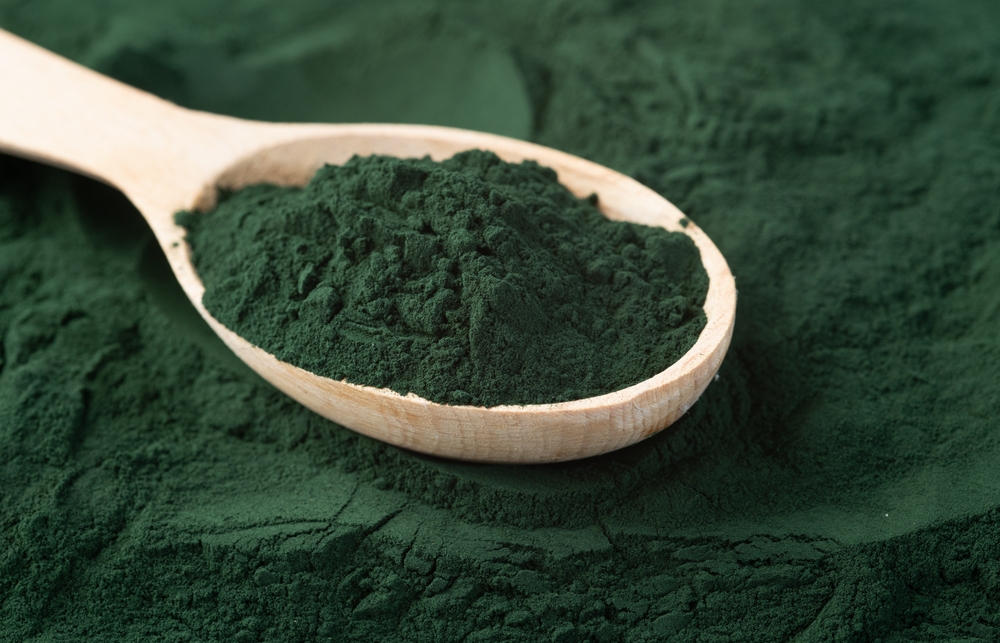Astaxanthin: The Coral-Colored Superfood Supplement
Nestled within the vibrant pink flesh of wild salmon and the crimson shells of crustaceans lies a powerful antioxidant that's been quietly making waves in the world of nutrition and supplements. Astaxanthin, a carotenoid pigment responsible for the coral hues of various marine life, has emerged as a potent ally in the quest for optimal health and longevity. This lesser-known nutrient, often overshadowed by its more famous antioxidant counterparts, is now gaining recognition for its unique properties and wide-ranging benefits. From supporting cardiovascular health to enhancing skin elasticity, astaxanthin's potential applications have piqued the interest of researchers, health enthusiasts, and supplement manufacturers alike.

The discovery of astaxanthin’s potential as a human supplement can be traced back to observations of the remarkable endurance and vitality of salmon during their upstream migration. Scientists began to investigate the compound’s role in supporting this extraordinary feat, leading to a deeper understanding of its unique molecular structure and antioxidant properties.
Astaxanthin’s Antioxidant Supremacy
What sets astaxanthin apart from other antioxidants is its exceptional ability to neutralize free radicals and combat oxidative stress. Unlike many antioxidants that work primarily in either water-soluble or fat-soluble environments, astaxanthin’s molecular structure allows it to span cell membranes, providing protection to both the inner and outer cellular structures.
Research has shown that astaxanthin’s antioxidant capacity is significantly higher than that of other well-known antioxidants. It has been reported to be 6,000 times more potent than vitamin C, 800 times stronger than CoQ10, and 550 times more powerful than green tea catechins in certain antioxidant activities. This remarkable potency has earned astaxanthin the moniker “King of Carotenoids” in some scientific circles.
Beyond Antioxidant Action: Diverse Health Benefits
While its antioxidant properties are impressive, astaxanthin’s potential benefits extend far beyond free radical scavenging. Studies have suggested a wide array of health-promoting effects, many of which are still being actively researched.
In the realm of cardiovascular health, astaxanthin has shown promise in improving lipid profiles, reducing inflammation, and enhancing blood flow. Some research indicates that it may help lower triglycerides and increase HDL cholesterol levels, potentially contributing to a reduced risk of heart disease.
Astaxanthin’s impact on skin health has garnered significant attention in the cosmetic and nutraceutical industries. Its ability to protect against UV damage and improve skin elasticity has led to its inclusion in various anti-aging formulations. Some studies suggest that oral supplementation with astaxanthin may help reduce the appearance of fine lines and wrinkles, improve skin moisture retention, and enhance overall skin texture.
Athletic performance and recovery is another area where astaxanthin shows potential. Its anti-inflammatory properties may help reduce exercise-induced muscle damage and soreness, potentially improving endurance and reducing recovery time. Some athletes and fitness enthusiasts have reported enhanced stamina and reduced fatigue when supplementing with astaxanthin.
The Bioavailability Challenge and Innovative Solutions
Despite its impressive potential, astaxanthin faces a significant hurdle: bioavailability. The human body’s ability to absorb and utilize this compound is relatively low, which has led researchers and supplement manufacturers to explore various strategies to enhance its uptake.
One approach involves the use of lipid-based delivery systems, such as emulsions or liposomes, to improve astaxanthin’s solubility and absorption in the gastrointestinal tract. Another promising avenue is the development of nanoformulations, which can dramatically increase the surface area of astaxanthin particles, potentially leading to better absorption.
Some companies have also experimented with combining astaxanthin with other compounds that may enhance its bioavailability. For example, pairing it with phospholipids or certain types of oils has shown promising results in some studies.
Astaxanthin in the Food and Supplement Industry
The growing interest in astaxanthin has sparked a surge in product development across various sectors. In the supplement industry, astaxanthin is available in various forms, including soft gels, capsules, and powders. Some manufacturers have begun incorporating it into multivitamin formulations, recognizing its potential as a valuable addition to comprehensive nutritional support.
The food industry has also taken notice, with astaxanthin finding its way into functional foods and beverages. From fortified juices to energy bars, products touting the benefits of this coral-colored compound are increasingly appearing on store shelves.
Interestingly, the demand for natural astaxanthin has led to innovations in algae cultivation. Specialized facilities now grow Haematococcus pluvialis on a commercial scale, using sophisticated bioreactor systems to optimize astaxanthin production. This has not only ensured a steady supply for the supplement industry but has also opened up new possibilities in sustainable nutrition.
The Future of Astaxanthin Research and Application
As scientific interest in astaxanthin continues to grow, new areas of potential application are emerging. Recent studies have begun to explore its effects on cognitive function and eye health, with preliminary results suggesting possible benefits in these areas.
One particularly intriguing avenue of research is astaxanthin’s potential role in mitochondrial function. Some scientists believe that its unique ability to cross cellular membranes may allow it to support and protect mitochondria, the powerhouses of cells, potentially contributing to improved energy production and overall cellular health.
The field of nutrigenomics – the study of how nutrients interact with our genes – is also taking an interest in astaxanthin. Early investigations suggest that this compound may influence the expression of certain genes related to inflammation and oxidative stress, opening up new possibilities for personalized nutrition and preventive health strategies.
As research progresses and our understanding of astaxanthin deepens, it’s likely that we’ll see even more innovative applications and targeted formulations. From personalized supplementation regimens to novel medical treatments, the potential of this coral-colored compound continues to expand, promising a colorful future in the world of nutrition and health.




